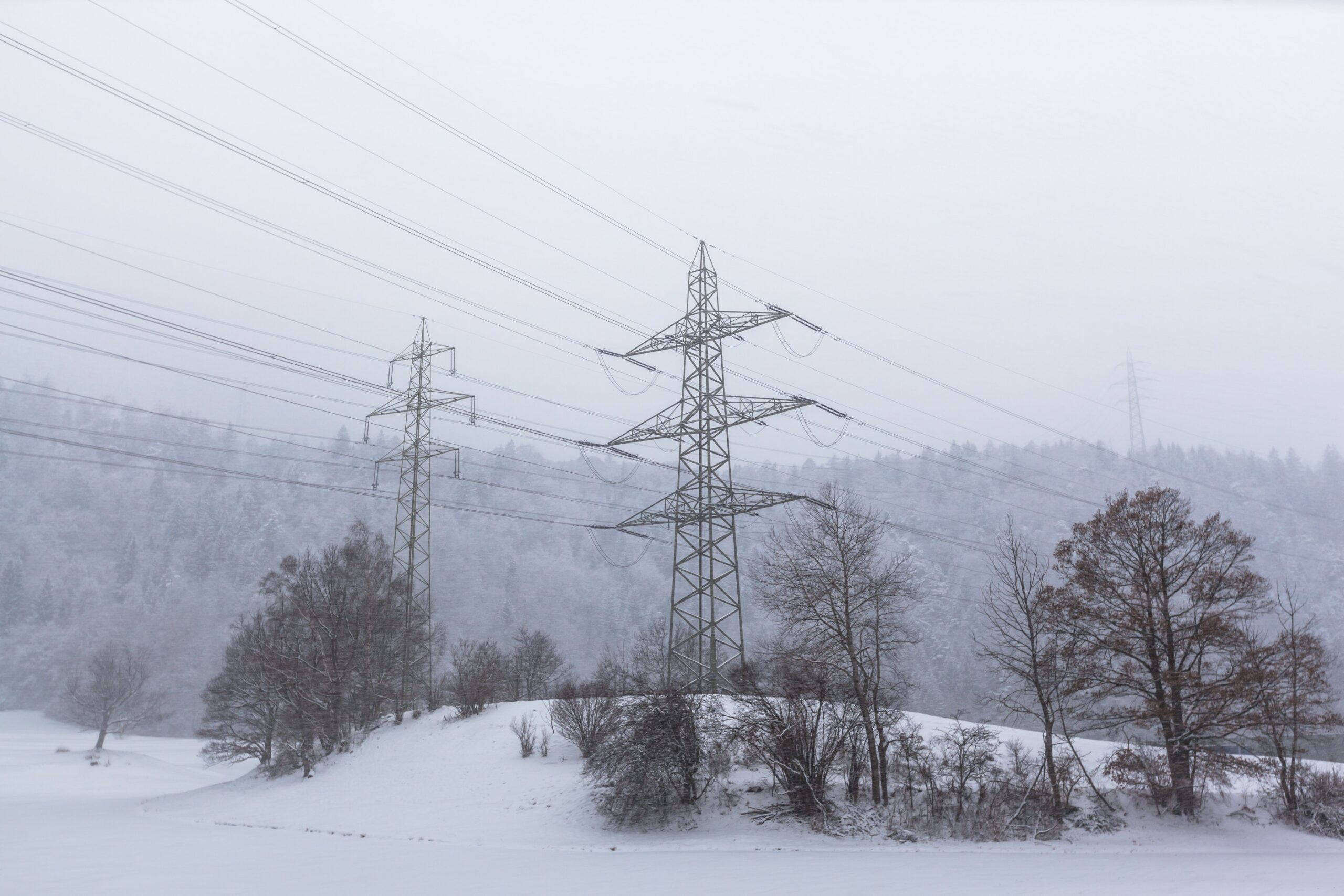
Heavy Rain, Flooding, and Chance of Severe Weather Staring Down the Southern U.S.
January 22, 2024
Posted: December 18, 2022 2:03 am





A blast of cold air moving down from Siberia will trigger a deep freeze for much of the U.S. in the days leading up to Christmas. This bitterly cold air may be severe enough to bring down records that have been in place since the 1980s. Here is what you need to know about this impending weather.
The cold air is forecast to impact the eastern two-thirds of the country, erasing the mostly moderate temperatures that have been in place for most of December. The potential of subzero readings may challenge a number of records in an area stretching from the northern Rocky Mountains through the East Coast. The mercury may fall up to 40 degrees below average in some of the hardest-hit areas.
The exceptionally cold air will come from Siberia, one of the coldest places on Earth this time of the year. For instance, the temperature plunged to 78 degrees below zero on Monday in the city of Yakutsk. While the readings in the U.S. will not come remotely close to this level of cold, it will still feel like a drastic change for millions of Americans.
Forecasters are predicting that the cold will move into the U.S. beginning early next week. This initial wave of cold air will not likely break any records, however, those in the Dakotas and Montana should be ready for temperatures that drop well below zero.
This cold blast will only be the beginning of what is to come. A new wave of cold air will move into the northern Rockies and northern Plains before filtering to the east and south just before Christmas arrives. While it is still too early to pinpoint with accuracy, some weather experts are predicting that the mercury may plummet to 30 degrees below zero in North Dakota and Montana.
The extreme cold is predicted to expand into the nation’s heartland by the end of the week, bringing the bitter temperatures to the Midwest and the southern Plains before filtering into the East. This second blast of cold air is expected to hang on until December 27 before temperatures begin to moderate.
It is still uncertain if the cold will approach the record years of 1983 and 1989. During these two years, the mercury fell to up to 50 degrees below zero in portions of Montana and North Dakota. The cold air mass of 1983 traveled as far southeast as the Carolinas, delivering single-digit temperatures that broke records for a number of communities.
Unfortunately, this cold will just not be a nuisance when spending time outside. Temperatures of this magnitude may also stress energy grids, similar to what happened across Texas in February of 2021.
It is likely that Texans will be facing challenges again with readings expected to drop into the lower 20s in many parts of North Texas and the panhandle. In addition to stressing the energy grids, crops in the southern portions of the Lone Star State may be in danger due to the freezing temperatures.
Residents of Chicago should also brace for an exceptionally cold Christmas. The long-range forecast is predicting readings in the teens on Christmas Day in the Windy City.
Although you will need to check back later for a detailed Christmas Day forecast, models are in agreement that it will be a significantly colder holiday compared to past years for much of the East Coast. For example, New York City will likely come in well below the average of 42 degrees for December 25. It will certainly be a departure from the high of 52 degrees in 2021 and 61 degrees in 2020.
Meteorologists are also warning that there is a good chance that a winter storm develops along with the cold air as it tracks to the east. Be sure to regularly check in with the updated forecast, particularly if your holiday plans have you traveling in the days prior to and after Christmas.
Did you find this content useful? Feel free to bookmark or to post to your timeline for reference later.

January 21, 2024

January 19, 2024

January 18, 2024